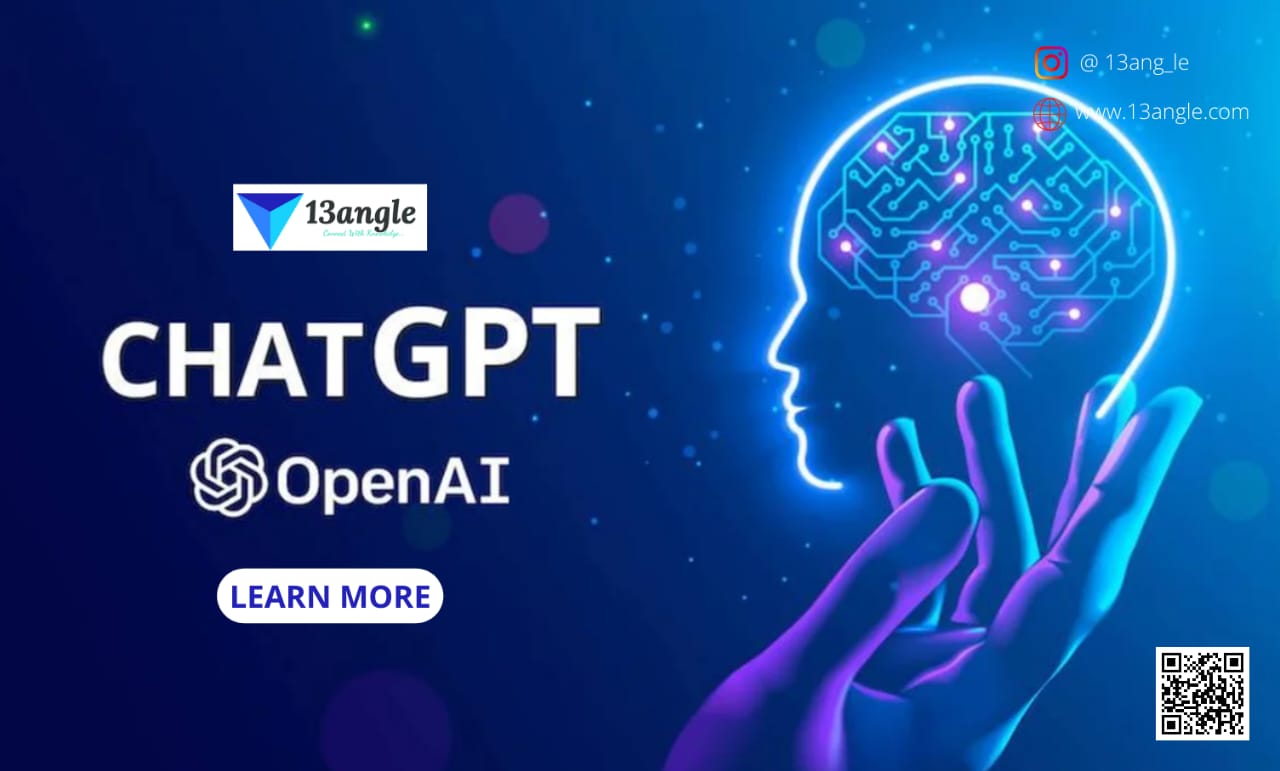- Umang Sagar
- IT, Recent article, Science and Technology
ChatGPT

Introduction
ChatGPT is a large language model created by OpenAI. As an AI language model, it is designed to simulate human-like conversation and respond to a wide range of questions, requests, and statements in a way that is coherent and relevant to the conversation. Its training data comes from a diverse range of sources, including books, articles, websites, and other written content, which allows for drawing on a broad base of knowledge and information. As a result, it can provide information on a wide range of topics, from science and technology to history, art, geography, literature, etc.
One of its key features is its design and its ability to learn from and adapt to new information over time. This means that as new information becomes available, it can be incorporated into the responses and improve the understanding of a given topic.
Its goal is to provide accurate and helpful information to anyone who interacts with ChatGPT and to provide a useful tool for individuals and organizations seeking to improve their communication and engagement with others.
Origin Of ChatGPT

- ChatGPT is an artificial intelligence language model developed by OpenAI that is designed to generate human-like text based on the input given. It was first introduced by OpenAI in 2020 and has since been continuously updated and improved with new features and abilities. It has been used for various applications such as chatbots, automated customer service, and language translation. Its capabilities include understanding natural language and generating human-like responses to a wide range of prompts and queries. And it can also generate coherent and contextually appropriate text in various formats, including prose, poetry, and even code. As an AI model, it has been continuously learning and evolving through interactions with humans so that it can improve its understanding and ability to communicate with people to make their lives easier and more productive.
Training Of ChatGPT

As a language model, it was trained using a deep learning technique known as transformer neural networks, specifically the GPT (Generative Pretrained Transformer) architecture.
- The training process can be broken down into several steps, which are as follows:
Preprocessing: Before it could be trained on any text data, the raw data had to be preprocessed. This involved cleaning the text data by removing HTML tags, punctuation, and other non-text characters. The text data was also tokenized, which means it was split into individual words or sub-words.
Training data: It was trained on a large corpus of text data, which consisted of a diverse collection of texts from a variety of sources, including books, articles, websites, and social media platforms. The text data was also sourced from various languages and domains.
Pre-training: Before it could be fine-tuned for specific tasks, it was pre-trained on a large corpus of text data. This involved training me to predict the next word in a sequence of words, given the preceding words. This task is called language modeling, and it helps in learning the patterns and relationships between words in a given language.
Fine-tuning: After pre-training, it was fine-tuned on specific tasks such as text classification, language translation, and question answering. This involved further training on smaller, task-specific datasets to adapt its pre-trained knowledge to the specific task at hand.
Hyperparameter tuning: Throughout the training process, various hyperparameters were adjusted to optimize performance, such as learning rate, batch size, and the number of layers in the neural network.
Evaluation: To ensure the quality of the responses, they were evaluated on various benchmarks and datasets, such as the GLUE benchmark and the SQUAD dataset. This also involved measuring the performance on specific tasks and comparing it to human performance.
- So, the chatGPT training process involved a combination of pre-training on a large corpus of text data and fine-tuning on specific tasks, as well as hyperparameter tuning and evaluation to optimize its performance.
Features Of ChatGPT

As a language model, ChatGPT is designed to understand and generate human-like language responses to various inputs. Here are some of my key features in detail:
Natural language processing: It uses natural language processing (NLP) algorithms to interpret and understand human language inputs. This allows one to understand the meaning of words and phrases, recognize sentence structure, and identify important context clues.
Large-scale training: It was trained on a massive dataset of text from the internet, which allows it to generate responses that reflect the diversity and complexity of human language.
Contextual understanding: It can understand and incorporate context into responses, which means it can provide personalized and relevant answers based on the conversation at hand.
Topic flexibility: It can generate responses on a wide range of topics, from general knowledge to specific technical fields.
Ability to learn: It uses machine learning algorithms to continuously improve the responses based on feedback from users. This means it can adapt and learn to provide better answers over time.
- Multilingual capability: Depending on the language model used, it can provide responses in various languages.
How To Start Using Chatgpt On A Laptop Or Mobile Phone
To start using ChatGPT on your laptop, you can follow these steps:
Step 1: Open a web browser on your laptop (such as Google Chrome, Mozilla Firefox, etc.).
Step 2: Navigate to the website where ChatGPT is available, such as https://demo.allennlp.org/chatbot.
Step 3: Wait for the website to load and display the ChatGPT interface.
Step 4: Type your question or message in the text input box provided on the ChatGPT interface.
Step 5: Press the “Enter” key or click the “Send” button to send your message to ChatGPT.
Step 6: Wait for ChatGPT to process your message and generate a response.
Step 7: Read the response provided by ChatGPT and continue the conversation by typing your next question or message in the input box.
Step 8: Repeat the process until you are satisfied with the conversation or you no longer need to use ChatGPT.
ChatGPT on Mobile Phone:
ChatGPT can be accessed through a web browser on your mobile phone.
Here’s how you can do it:
Step 1: Open a web browser on your mobile phone.
Step 2: Go to the website where ChatGPT is hosted, such as https://www.chatgpt.com/.
Step 3: Once the website loads, you should be able to see the chat interface where you can start interacting with ChatGPT.
If you want to save the website as a shortcut on your home screen, you can do so by following these steps:
On iOS devices: Tap the Share icon at the bottom of the screen, then select “Add to Home Screen”.
On Android devices: Tap the Menu button (three dots) on the top right corner of the screen, then select “Add to Home screen”.
That’s it! You can now access ChatGPT anytime by tapping on the shortcut on your home screen.
Note: ChatGPT is a machine learning model that requires an internet connection to work, so make sure your laptop is connected to the internet before using ChatGPT.
Limitations Of ChatGPT
As a language model, ChatGPT has some limitations that one should be aware of:
Lack of common sense: It has access to vast amounts of text and can understand and generate sentences, but it lacks the ability to apply common sense reasoning in the same way that humans do.
Limited training data: Although it has been trained on a massive amount of data, it may not have encountered certain types of information or language usage patterns that humans take for granted. Therefore, there may be instances where it does not provide the most accurate or relevant response.
Inability to understand emotions: It is not capable of understanding emotions and may not always be able to provide empathetic or sensitive responses in situations where a human touch is required.
Lack of domain expertise: It has access to information on a wide range of topics, but it may not have in-depth knowledge or expertise in certain specialized fields.
Potential for biased responses: As with any language model, its responses can be influenced by the data it was trained on, which can result in biased or problematic responses. It is important to keep this in mind and not rely solely on its responses for important decisions or actions.
Services Provided By ChatGPT
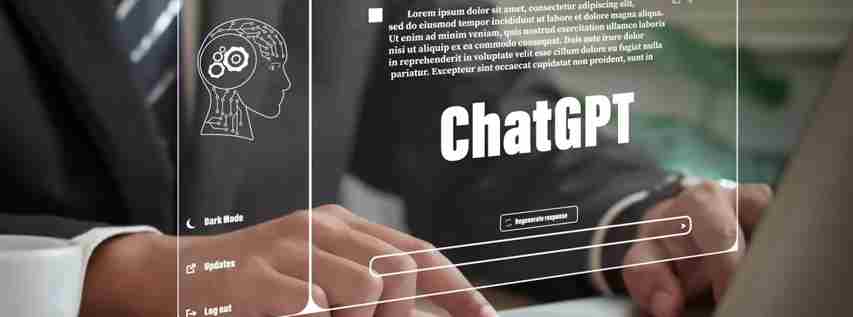
As a language model, it can provide a wide range of services. Here are some examples:
Question answering: You can ask any question, and it will provide an accurate answer. It can answer factual questions, explain concepts, provide definitions, and much more.
Language translation: It can translate text from one language to another.
Summarization: If you have a long article or document that you don’t have time to read in full, it can summarise it for you. It can also provide a brief overview of the main points and key ideas.
Text generation: If you need help writing an email, a report, or any other type of text, it can generate it for you based on your input. For example, if you give some bullet points or an outline, it can turn that into a full paragraph or article.
Conversation: It can also engage in conversation with you, answering questions, providing information, and engaging in small talk.
Personalization: It can learn from your interactions and provide personalized responses based on your previous conversations and preferences.
Educational content: It can provide information on a wide range of topics, from science and technology to history and literature. And, it explains concepts in a way that is easy to understand and provides examples and additional resources.
- Creative writing: It can also help with creative writing projects, such as coming up with story ideas or writing prompts.
Advantages And Disadvantages Of ChatGPT
Advantages | Disadvantages |
Language Understanding: It is a powerful language model that can understand human language, which makes it ideal for conversational interfaces.
| Lack of Emotion: It is a machine and does not have emotions, which means it may not be able to provide empathy or understanding in certain situations.
|
Wide Range of Topics: It is trained on a large corpus of text data, which means it can provide information on a wide range of topics, from science and technology to history and literature.
| Limited Context: It can sometimes provide responses that are out of context or irrelevant, especially if it does not have enough information about the user’s query. |
Availability: It is available 24/7 and can respond to user queries at any time, making it a convenient resource for users who need immediate assistance.
| Bias: It may have biases based on the data it was trained on, which can lead to inaccurate or inappropriate responses.
|
Scalability: It can be easily scaled to handle many users and queries, making it ideal for businesses and organizations that need to provide customer support or other services to many people.
| Privacy Concerns: It may store user data and conversations, which can raise privacy concerns for some users. |
Continuous Learning: It is constantly learning from its interactions with users, which means it can improve its responses over time and provide more accurate and helpful information.
| Technical Limitations: It may have limitations in understanding certain types of language or queries, which can lead to incorrect or incomplete responses. |
Implications Of ChatGPT
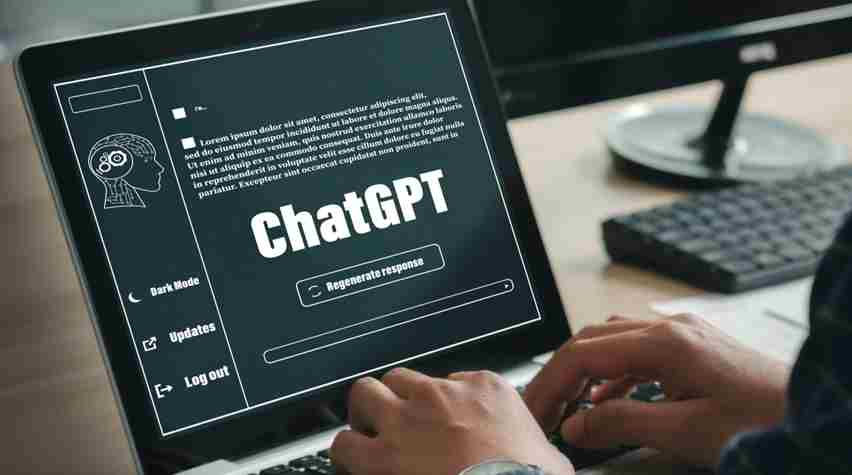
- ChatGPT has several implications and potential applications:
Conversational AI: One of the primary applications of ChatGPT is conversational AI. This means that it can interact with humans in a natural language and provide responses that are appropriate to the context of the conversation. ChatGPT can be used in chatbots, virtual assistants, customer support, and other applications where natural language interaction is needed.
Language Understanding: It has been trained on a massive corpus of text data and has learned to understand the nuances of language. This means that it can help with tasks involving natural language processing tasks such as text classification, sentiment analysis, named entity recognition, and language translation.
Content Creation: Another potential application of ChatGPT is in content creation. It can be used to generate text in a variety of domains, such as news articles, product descriptions, and social media posts. This could be particularly useful for businesses that need to produce large volumes of content quickly and efficiently.
Knowledge Discovery: It has been trained on a vast amount of text data, which means that it has access to a significant amount of knowledge. It can be used to discover insights from text data, such as identifying trends or patterns in customer feedback or social media posts.
Personalization: It can also be used to personalize content for individuals based on their preferences and behaviors. This could be particularly useful in e-commerce or marketing applications, where personalized recommendations can help improve engagement and conversion rates.
- Accessibility: It can help improve accessibility by enabling people with disabilities to interact with technology using natural language. This could be particularly useful for individuals with visual or motor impairments who find it difficult to use traditional interfaces.
- ChatGPT has several implications and potential applications in various domains, including conversational AI, language understanding, content creation, knowledge discovery, personalization, and accessibility.
Ethical Concerns Associated With ChatGPT
- ChatGPT was developed with ethical considerations in mind. Some of the ethical concerns associated with AI models like ChatGPT include:
Bias: AI models can inherit and amplify societal biases and prejudices, which can lead to unfair and discriminatory outcomes. To mitigate this, ChatGPT was trained on diverse and inclusive datasets and undergoes regular bias testing and auditing.
Privacy: ChatGPT processes and stores vast amounts of data, which can include personal and sensitive information. As a result, there are concerns about data privacy and security. OpenAI takes great care to protect user data and adheres to relevant data protection regulations.
Misinformation: AI models like ChatGPT have the potential to generate and spread misinformation and fake news, which can have serious social and political consequences. To address this, ChatGPT has been designed to prioritize factual accuracy and avoid generating content that could be misleading or harmful.
Autonomy: There are concerns that AI models like ChatGPT could be used to automate decision-making processes, which could have significant implications for human autonomy and agency. To ensure that ChatGPT is used responsibly, OpenAI has established guidelines and protocols for the use of its AI models.
- OpenAI is committed to developing and deploying AI technologies in a responsible and ethical manner and is continuously working to address these and other ethical concerns associated with AI.
Criticism In Different Countries
Some common criticisms of AI chatbots like chatGPT in different countries. Here are some examples:
United States:
In the United States, some people have criticized AI chatbots for perpetuating biases and stereotypes due to the data they are trained on. This issue has particularly been raised in the context of customer service chatbots, where biased responses can reinforce discriminatory practices.
China:
In China, some people have criticized AI chatbots for being too formal and impersonal, which can lead to frustration among users. There is also concern about the use of AI chatbots for surveillance and censorship purposes by the government.
India:
In India, some people have criticized AI chatbots for not being able to understand regional languages and accents, which can lead to communication breakdowns. There are also concerns about the impact of AI chatbots on employment, particularly in sectors such as customer service and call centres.
Japan:
In Japan, some people have criticized AI chatbots for not being able to understand the nuances of the Japanese language and culture. There is also concern about the potential for AI chatbots to replace human interaction, which is highly valued in Japanese culture.
Europe:
In Europe, some people have criticized AI chatbots for not being transparent enough about how they work and how they use user data. There are also concerns about the potential for AI chatbots to perpetuate biases and discrimination, particularly in areas such as hiring and financial services.
Competitors Of ChatGPT
- There are many language models and natural language processing (NLP) tools out there that can perform similar tasks like ChatGPT. Some of the most well-known ones are as follows:
1. Google's BERT (Bidirectional Encoder Representations From Transformers):
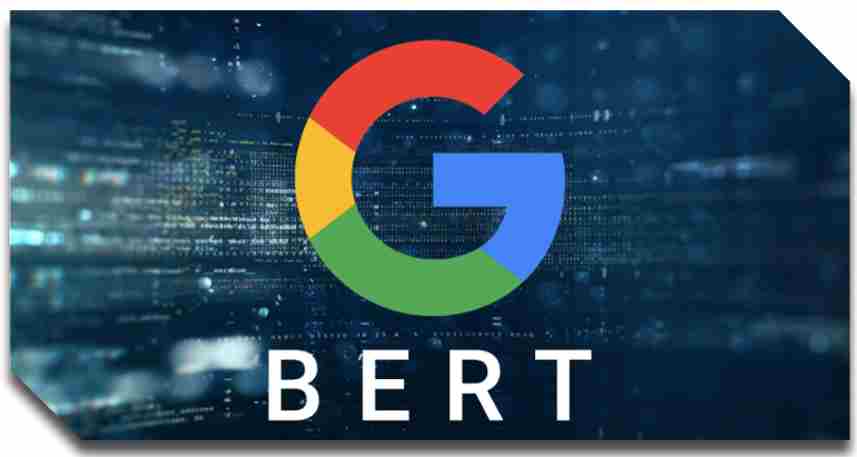
BERT (Bidirectional Encoder Representations from Transformers) is a pre-trained language model developed by Google in 2018.
It is a deep neural network-based technique for natural language processing (NLP) that uses transformers, a type of neural network architecture, to generate contextualized word embeddings.
It was designed to overcome the limitations of traditional NLP models that process text in a unidirectional manner, making it difficult to capture the context and meaning of a sentence.
It also uses a bidirectional approach to process language, meaning that it considers the entire context of a sentence, including the words that come before and after each word.
BERT is pre-trained on large amounts of text data and can be fine-tuned for specific NLP tasks, such as question answering, sentiment analysis, and named entity recognition.
2. OpenAI's GPT-3 (Generative Pre-Trained Transformer 3)

OpenAI’s GPT-3 (Generative Pre-trained Transformer 3) is a state-of-the-art language processing model that is designed to generate human-like text.
It is a deep learning model that has been pre-trained on a large corpus of text data, allowing it to generate coherent and fluent text on a wide range of topics.
It has 175 billion parameters, making it one of the largest language models currently in existence. It can perform a variety of natural language processing tasks, including language translation, summarization, and question answering, as well as generating human-like text in a variety of styles and tones.
It has been used in a variety of applications, including chatbots, virtual assistants, and language translation tools. It has also been used to generate creative writing, poetry, and even computer code.
It has been praised for its ability to generate high-quality text that is often indistinguishable from that produced by a human writer. However, it has also been criticized for its potential to perpetuate biases present in the data it was trained on, as well as for its high computational and energy requirements.
3. Microsoft's Turing Natural Language Generation (T-NLG)

Microsoft’s Turing Natural Language Generation (T-NLG) is a state-of-the-art language model developed by Microsoft Research.
It is a large-scale pre-trained language model that uses deep learning techniques to generate natural language text.
It has been trained on a massive amount of text data, including web pages, books, and other sources, and can generate text in a variety of formats, including news articles, product descriptions, and more.
It has demonstrated strong performance on several language tasks, including language translation, text summarization, and question answering.
One of the key features of T-NLG is its ability to generate coherent and fluent text that is indistinguishable from human-written text. This is achieved through a combination of sophisticated natural language processing algorithms, including advanced sentence and phrase generation techniques, as well as context-aware language modeling.
4. Facebook's RoBERTa (Robustly Optimized BERT Pretraining Approach):
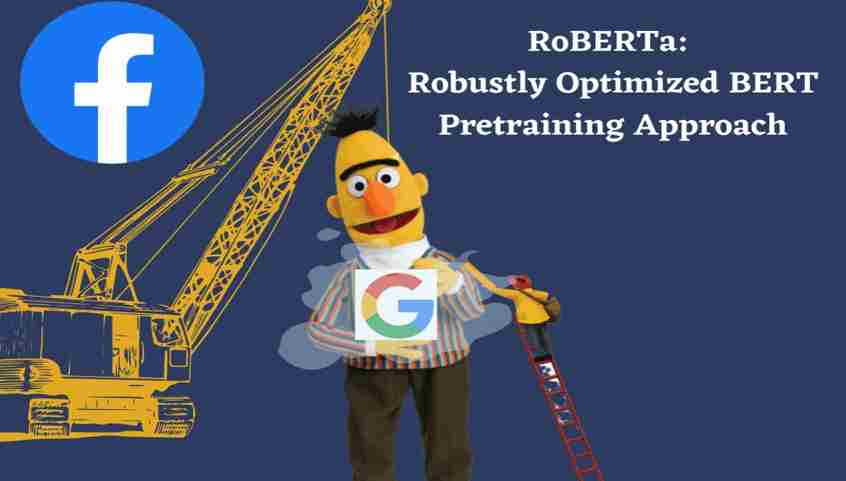
Facebook’s RoBERTa is a state-of-the-art language model, based on the pretraining architecture of BERT (Bidirectional Encoder Representations from Transformers).
It was introduced by Facebook AI Research (FAIR) in 2019, as an extension of BERT with some modifications and optimizations to improve the pretraining process and model performance.
It is pre-trained on a massive corpus of diverse text data, including web pages, books, and Wikipedia articles, using masked language modeling (MLM) and next-sentence prediction (NSP) tasks
It uses a transformer architecture to encode the input text and learn contextualized representations of words and sentences.
It uses a larger training corpus and longer training duration, resulting in better coverage of diverse language styles and topics.
It has also been used as a pretraining backbone for many other advanced NLP models, such as GPT-3, T5, and DeiT.
5. Amazon's Comprehend and Lex:

Amazon Comprehend and Amazon Lex are two natural language processing (NLP) services provided by Amazon Web Services (AWS). Both services leverage machine learning algorithms to extract insights from unstructured text data.
It helps to extract valuable insights and relationships from your text data.
It can analyze text in several languages and can identify entities, key phrases, sentiments, and language. It can also detect syntax and topic modelling. You can use Comprehend to extract meaning and relationships from documents, tweets, customer feedback, and more.
It enables you to create chatbots and conversational interfaces.
It uses automatic speech recognition and natural language understanding to recognize spoken and written requests from users and respond with the appropriate action.
With Amazon Lex, you can create voice and text chatbots that can answer questions, provide information, or even complete tasks like booking a hotel room or ordering a pizza.
- Each of these tools is awesome on its own and has its own strengths and weaknesses and can be used for different tasks depending on the specific needs of the user.
ChatGPT And OpenAi
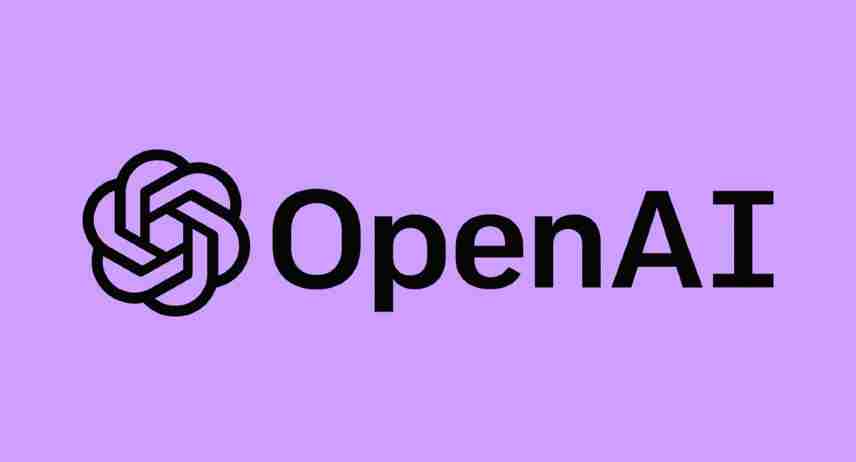
OpenAI is an artificial intelligence research laboratory consisting of leading experts and researchers in the field of AI. The organisation is focused on creating safe and beneficial AI systems that can improve our lives in many ways, including by enhancing communication and decision-making abilities.
OpenAI has developed various technologies and tools to support research in artificial intelligence. One of these tools is the GPT series of language models, of which chatGPT is a part. GPT, which stands for “Generative Pre-trained Transformer,” is a family of deep learning models that can be trained on large amounts of text data to generate human-like language.
As a language model, chatGPT’s purpose is to assist users in generating natural-language responses to various prompts and questions. Its training data set includes a massive corpus of text from the internet, books, and other sources, which it uses to generate responses to user inputs and can use to answer questions, make recommendations, engage in conversations, and perform a variety of other language-related tasks.
OpenAI’s mission is to create beneficial AI that can help people solve complex problems and improve their lives in meaningful ways.
Future Of AI-Language Models
In the future, advancements in artificial intelligence and natural language processing may lead to even more advanced language models that are even better at understanding and generating human language. These models could be used in a wide range of applications, from virtual assistants and chatbots to language translation and content creation.
As AI continues to evolve, there may also be ethical and societal implications that need to be addressed, such as issues around bias, privacy, and accountability. It will be important for AI developers and users to consider these implications and work towards creating AI systems that are fair, transparent, and beneficial to society.
Overall, the future of AI and language models like chatGPT is likely to be exciting and full of new possibilities, but it will also require ongoing ethical and technological development to ensure that these tools are used responsibly and for the benefit of all.
FAQs
ChatGPT is a large language model trained by OpenAI that is designed to engage in natural language conversations with users on a wide variety of topics.
ChatGPT uses deep learning algorithms to analyze and generate responses to user input. It is trained on a massive dataset of text, which allows it to generate natural-sounding and contextually relevant responses.
You can ask ChatGPT about almost anything! Some common topics include current events, science, history, entertainment, and personal advice.
You can ask ChatGPT anything that you would ask a human, such as questions about general knowledge, current events, science, history, literature, or personal advice.
ChatGPT is a machine-learning model, so it may not always provide accurate or complete information. Its responses are based on the data it has been trained on and the context of the conversation, but it may not always be able to provide perfect answers.
While ChatGPT is designed to provide accurate and relevant information, you should always verify any information you receive from it. ChatGPT is a machine learning model and may not always be able to provide the most up-to-date or accurate information.
ChatGPT is a machine-learning model and does not have emotions or feelings. However, it is designed to generate responses that are empathetic and understanding.
ChatGPT can understand and generate responses in several different languages, including English, Spanish, French, German, and more. However, the quality and accuracy of its responses may vary depending on the language and the amount of data it has been trained on.
ChatGPT is available 24/7 and can be accessed from anywhere with an internet connection. However, its response times may vary depending on the amount of traffic and the complexity of the conversation.
To improve your conversation with ChatGPT, try to be as clear and specific as possible in your questions and responses. Avoid using slang or ambiguous language and provide as much context as possible to help ChatGPT understand your meaning. Additionally, you can ask ChatGPT to explain or clarify its responses if you are unsure about something.
ChatGPT has been trained on English language data and can generate responses in English. However, there are other language models that have been trained on other languages, such as GPT-2 models trained on non-English data.
Top 13 Interesting Facts About ChatGPT
ChatGPT is an artificial intelligence (AI) language model developed by OpenAI.
ChatGPT is one of the most advanced AI language models available, trained on an enormous amount of data to understand natural language and respond to questions and prompts.
ChatGPT was first introduced in June 2020 as a successor to the original GPT (Generative Pre-trained Transformer) model, which was released in 2018.
The “GPT” in ChatGPT stands for “Generative Pre-trained Transformer,” referring to the type of AI model it is.
ChatGPT is designed to generate human-like responses to text prompts, making it useful for a wide range of applications such as customer service, chatbots, and language translation.
The model used to create ChatGPT has a staggering 1.6 billion parameters, making it one of the most complex AI models ever created.
ChatGPT can understand and process multiple languages, including English, French, German, Spanish, and more.
The training data used to create ChatGPT comes from a wide range of sources, including books, articles, and websites, as well as online forums and social media.
ChatGPT’s responses are generated based on the input it receives and the context in which it is presented, allowing it to produce a wide variety of unique and nuanced responses.
In addition to generating text responses, ChatGPT is also capable of generating other forms of media, such as images and music.
ChatGPT has been used to create a variety of interactive experiences, including chatbots, language translators, and virtual assistants.
ChatGPT’s abilities have been tested extensively in a variety of contexts, including online chatrooms and gaming forums, and it has been found to be highly effective in generating human-like responses.
The potential applications of ChatGPT and other AI language models are vast and include everything from improving customer service to assisting with scientific research and analysis.



